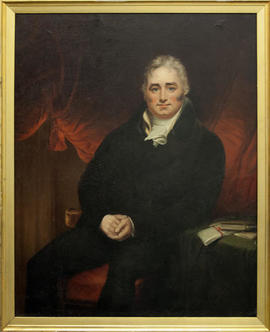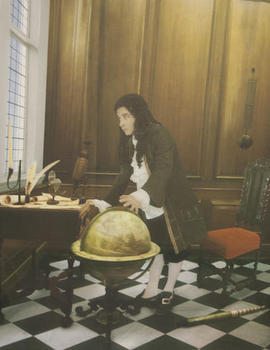- GB-2014-WSA-00731
- Person
- 1553-1616
HAKLUYT, RICHARD, brother of Thomas Hakluyt (qv); b. 1553; adm.; QS in 1564; elected to Christ Church, Oxford 1570, Westminster Student to 1583; BA 19 Feb 1573/4; MA 27 Jan 1577/8; ordained 1578 [check]; Chaplain to Sir Edward Stafford, Ambassador to Paris 1583-8; Prebendary of Bristol from 1586; Rector of Wetheringsett with Brockford, Suffolk, from 20 Apr 1590; Prebendary of Westminster from 4 May 1602, Archdeacon from 1603; Chaplain of the Savoy 1604; Rector of Gedney, Lincs., from 1612; one of the chief Adventurers in the South Virginia Co.; took a keen interest from his boyhood in geography and discovery; lectured on the construction and use of maps, spheres and nautical instruments; his book, The Principall Navigations, Voiages and Discoveries of the English Nation, 1589 (issued in an expanded three-volume edition in 1598-1600), has been described as “the prose epic of the modern English nation”; left a large collection of unpublished MSS, several of which were printed in an abridged form by Purchas in his Pilgrimes; the Hakluyt Society, named in his honour, was founded 15 Dec 1846 for the printing of narratives of voyages and travels, and related records; bequeathed £5 towards repairing the north windows of Westminster Abbey and 10 shillings each to Richard Ireland (adm. 1582, qv) and John Wilson (elected 1602, qv); m. 1st, c. 1594, Douglasse Cavendish, Trimley St. Mary, Suffolk; lic. to m. 2nd, 30 Mar 1604 Frances, widow of William Smithe, St. Botolph’s, Bishopsgate, London; d. 23 Nov 1616. Buried Westminster Abbey.



